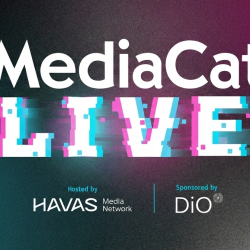Paywalls remain one of the few models that’s even halfway viable for publishers. But new research from Georgia Tech and Notre Dame shows just how often readers find a way around them.
The study, which analysed nearly seven million page views across the 30 biggest North American news sites, found that 11% of users who encountered a paywall stop page successfully bypassed it. That number rose to 13.6% for opinion pieces, suggesting that readers are more willing to go the extra mile when the content feels unique or non-replicable.
In reality, the figure is likely even higher. The researchers developed a novel way to track circumvention behaviour using clickstream data, but it means their model only captures users who quickly access the same article. It can’t detect, for example, people who access a different premium article, wait several hours or scrape the content from the HTML. It also doesn’t account for use of third-party bypass sites such as 12ft or RemovePaywall.
The most common evasion method tracked? Going incognito. Private browsing or deleting cookies accounted for over 80% of circumvention. The rest was split fairly evenly between switching browsers, switching devices or disabling JavaScript — all simple but effective workarounds for metered paywalls.
Most users, though, don’t bother. A majority (57%) simply leave the site when blocked. Another 20% opt for non-premium content, while 10% refresh in a doomed attempt to get around the barrier. Only 0.21% of users hitting a paywall actually subscribed, though that’s still around 50 times higher than the subscription rate among those who didn’t encounter the paywall stop page.
Users who accessed sites directly, rather than via search or social, were significantly more likely to subscribe or circumvent, indicating deeper engagement. In contrast, visitors from social media bounced 74% of the time after hitting a paywall. The researchers suggest that publishers focus their efforts on the more engaged users, who are more likely to convert.
Circumvention is possible largely because many news sites run metered paywalls, allowing a handful of free reads, with cookies used to track when users have hit the limit. This design is intentional, ensuring visibility in search engines and social feeds.
But it also means that, with a little digital sleight of hand, readers can easily reset the meter and slip past the gate. Hard paywalls, which block content entirely for non-subscribers, are much more robust. But few publishers have the brand pull or pricing power to use them.
The researchers do suggest publishers could get more strategic in response to the findings. By detecting circumvention patterns, they argue, outlets could offer targeted promotions to users in the middle of evading. Another route would be folding circumvention behaviour into ad profiles. For instance, someone who disables JavaScript might be identified as tech-savvy and served relevant ads.
But, as helpful as these tips may be, overall the study probably reaffirms what most already know: paywalls do work, just not nearly as well as publishers would like them to.
Main image by Mick Haupt on Unsplash.




















